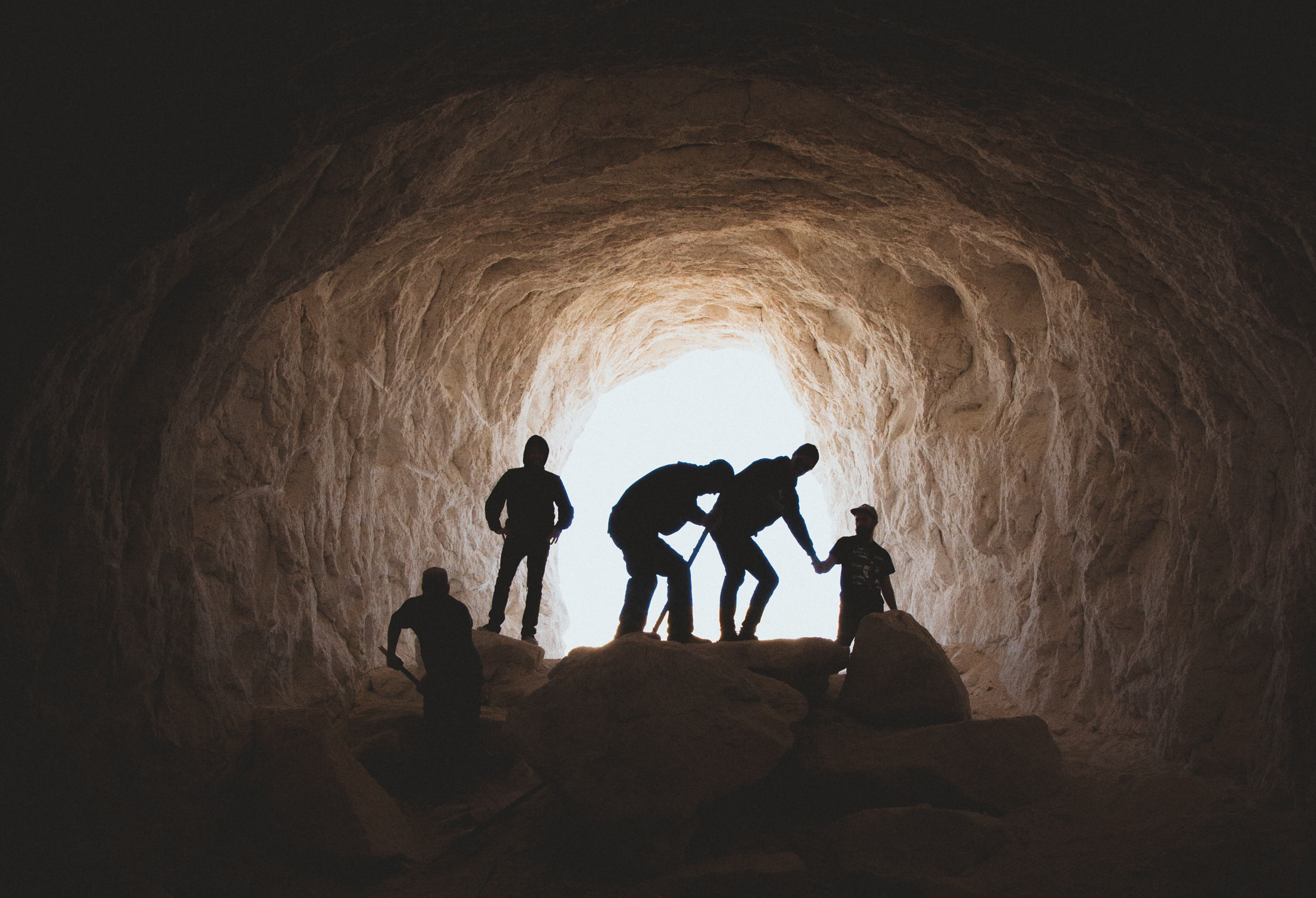If you search the internet for the most dangerous jobs in the 19th century, mining will show up on a lot of lists. It’s impossible to deny that the hazards inherent to our industry – rock falls, explosions, ventilation problems – were stark and pronounced in those days.
Early innovations like safety fuses, dynamite, and pneumatic drills made workers safer. Advances in engineering and construction were likewise critical to the elevation of safety standards. One of the most dangerous aspects of commercial mining – blasting – evolved steadily through the 20th century, clearing the path for today’s digital blast systems and advanced safety features.
But for all the industry’s progress in creating safer conditions on the ground, there are important strides yet to be made. The familiar hazards we’ve known throughout history still exist, and operators face new safety challenges in the 2020s – notably the contagion risk of COVID-19, and the technical challenges of going deeper underground to reach viable orebodies.
Here are five areas in which safety innovations – many of which have already been in development for years – will be accelerated by the pandemic.
1. Personnel tracking and health monitoring
The need for temperature checks and distancing measures feeds into an existing trend toward wearable technology and real-time health monitoring of mining personnel. A number of technology firms, including IBM, are partnering to develop solutions in this area. Wearables are going beyond the familiar bracelets – Mitsufuji is one of many companies making “smart shirts” and “e-skin” technology that collects data on health metrics and external conditions.
Smart helmets and helmet clips that collect audio/visual data on the surroundings of individual workers – such as the ENSO Smart Helmet from the Canadian firm Jannatec – are also progressing quickly.
2. Ventilation and lighting
Keeping fresh air flowing underground is critical to the safety of mining workers – but it gets expensive. Ventilation accounts for a big piece of the total energy spend at many underground sites – and cutting corners to save money is, of course, out of the question. A targeted ventilation system is a logical step. Personnel and equipment are equipped with tracking devices that communicate with a series of automated fans, so that energy is used efficiently and in real time.
This type of targeted ventilation, along with better monitoring of air quality, is a critical development as mining activity moves increasingly underground. Such a system is already in use at Goldcorp’s Éléonore project in the Canadian province of Quebec.
Lighting solutions also continue to evolve as manufacturers push toward lower-input, higher-output lamps with greater attention to the relationship between colour temperature and worker fatigue.
3. Blasting
Safety innovation continues in the critical area of blasting and drilling. Advanced solutions like the Daveytronic UG bring unprecedented safety features into the fore, including a double capacitor design (one for two-way communication with blasting hardware, and another exclusively for firing); a Smartshunt that insulates the fuse head until a firing order is received; equipment pairing protocols that guarantee the absence of radio interference; testing procedures that run continuously until a firing order is given; and an electronic safety lock for authorising shots. Features like this, combined with the ability to fire multiple shots in a single blast event, make blast operations safer for workers and less disruptive to communities.
4. Excavation and hauling
Taking workers out of danger altogether is one of the promises of automation. Hauling is currently the most practical example. Caterpillar and Komatsu have led the way in development. Rio Tinto has been a notable early adopter, investing heavily in automated trucks and trains.
Automating more sophisticated aspects of mining, such as excavation, could become increasingly plausible. The American firm ASI, for example, currently markets a robotic attachment solution that “leverages the excavator’s existing CAN Bus system to direct vehicle functions.”
5. Drone surveillance and digital twin modelling
In terms of safety, mining operators stand to gain a lot from the continuing development of equipment sensors, drone flights, laser mapping, and other data sources that feed into digital twin models. As mines are mapped in greater detail, and as predictive abilities increase, safety hazards will be easier for operators to spot and mitigate.
A new era in mining safety
Although commercial mining is safer than it’s ever been, some of the most exciting innovations in the history of the trade are happening right now. COVID-19 will almost certainly accelerate these changes as mines around the world resume operations with greater attention to personal and collective health.







